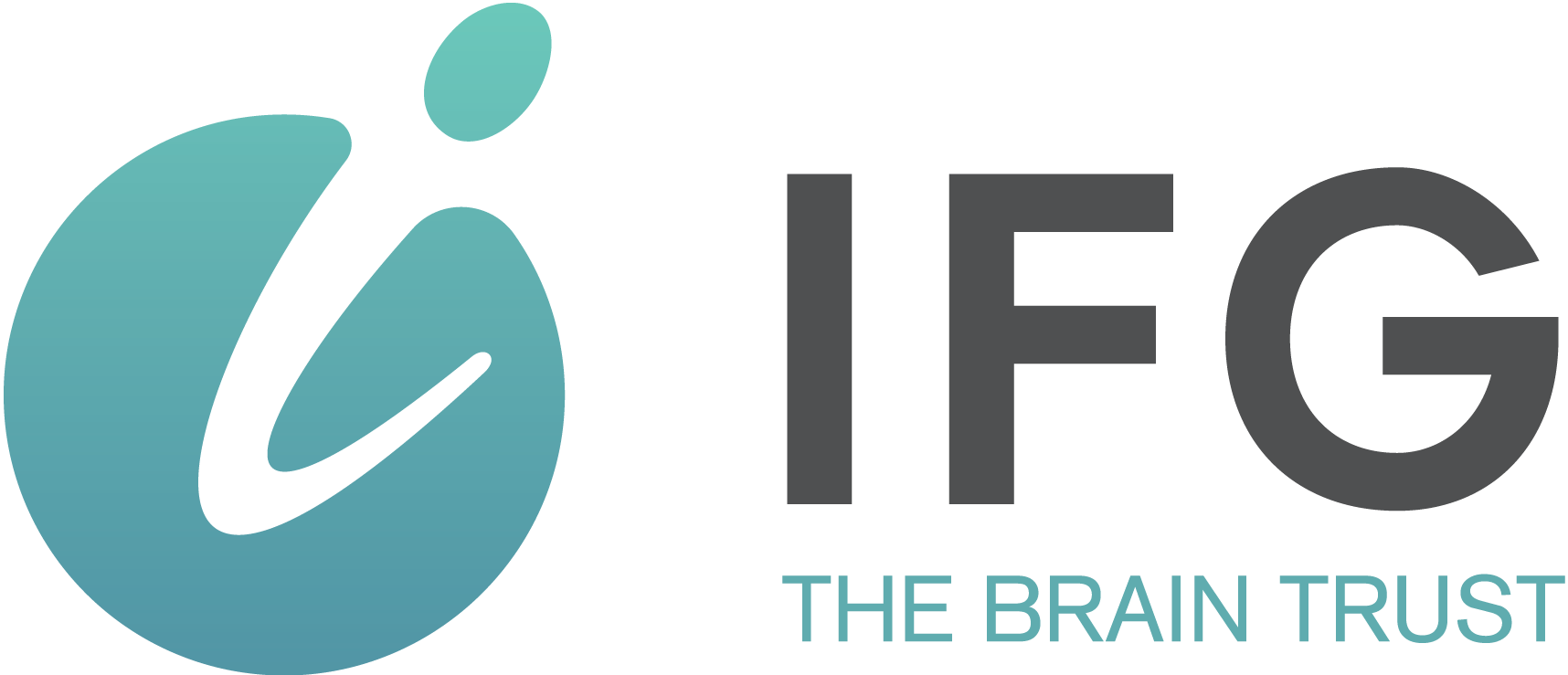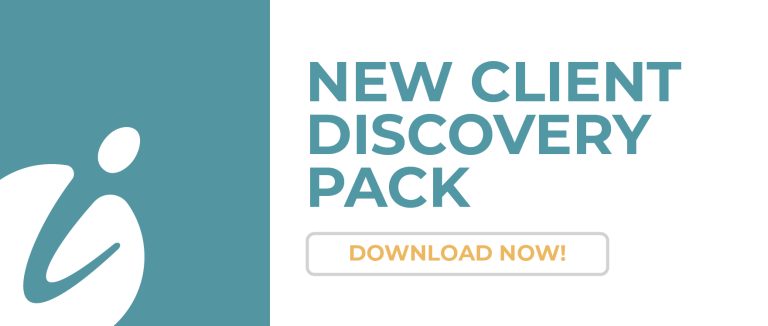- February 9, 2024
Guide to Onboarding New Clients: 7-Step Timeline for Success

As an independent financial advisor, you understand that kick-starting a relationship with your clients begins with a seamless process for onboarding new clients. It’s more than just an initial step; it’s the foundation for a lasting, successful client relationship. Having a streamlined system in place isn’t merely beneficial; it’s critical. A well-oiled routine not only keeps your business humming along, but it also ensures everything is in its place, making your life easier.
Client experience isn’t a one-time deal, it’s a journey, with quality and consistency as your driving forces. Leaning on reliable systems is your secret weapon to consistently deliver top-tier service. This isn’t just about meeting your clients’ needs—it’s about exceeding their expectations at every turn.
Let’s not forget, your process for onboarding new clients isn’t a hidden strategy—it should be well-documented and transparent. The cornerstone of this transparency is a comprehensive onboarding timeline, guiding your clients through every phase of the process. Because in the end, a superior client experience isn’t a destination—it’s a journey, and you’re the trusted guide.

7-Step Timeline for Onboarding New Clients
- Discovery “Fit” Meeting: The Discovery “Fit” Meeting initiates the onboarding process. It’s more than just an opportunity to collect information; it’s a chance to mutually assess if you’re the right “fit” for each other. Use it to understand the client’s financial objectives, evaluate if your services align, and determine if you’re a good fit. Discuss their aspirations and demonstrate how you can guide them on their financial path.
2. Internal Strategy Meeting: The Internal Strategy Meeting follows the Discovery Meeting. This is the part of onboarding new clients where the team reviews the client’s financial goals and risk tolerance, analyzing their current investments.
The goal is to identify potential issues and ensure everything aligns with the client’s aspirations. The focus is on creating a dynamic strategy that adjusts to the client’s evolving needs, thereby enriching their financial journey.
3. Onboarding Meeting: After the Internal Strategy Meeting, you’ll move to the Onboarding Meeting. Here, you’ll present your wealth management strategy to your client, highlighting both current and proposed investment plans.
Transparency is key to ensure a successful procedure for onboarding new clients; thus, clarify the account details—fees, structure, access—at this juncture. Wrap up the meeting by collecting needed signatures and setting up client logins for smooth integration into your system.
4. Strategy Deployment: In the Strategy Deployment phase, you align client resources with agreed investment strategies, ensuring consistency with their financial goals and risk capacity. You also set service levels and communication strategies to provide suitable support and interaction. This critical part of onboarding new clients defines the roles and responsibilities, laying the groundwork for active collaboration and successful financial strategy execution.
5. Orientation Meeting: After the Deployment of Strategies phase comes the Orientation Meeting. Here, the client gets a custom financial plan, learns how to use their online account and app, and receives their first statements
Any paperwork needed is also arranged. To wrap up, the communication plan and service levels are reviewed, the client gets to meet the team, and they’re given guidance on “who to contact” when they need help.
6. Integration: The Integration stage coordinates all aspects of the client’s financial plan, potentially liaising with external professionals like lawyers or accountants. This phase concludes with an exhaustive review confirming the plan’s alignment with the client’s financial goals and ensuring the client’s understanding and comfort with their plan.
7. Ongoing Tactical and Strategy Meetings: Regularly scheduled meetings foster a collaborative relationship and keep the client informed about their financial status. During these sessions, the team evaluates the effectiveness of the financial plan, making adjustments in response to market fluctuations or changes in the client’s personal situation or objectives. This continuous interaction ensures the financial plan remains resilient, adaptable, and attuned to the client’s changing needs and goals.

The Bottom Line
In summary, the process for onboarding new clients is a critical phase that ensures the harmonization of clients’ financial objectives with flexible and resilient investment strategies. The client journey, spanning from the initial Discovery phase to the final Integration stage, is an intricate process designed to ensure a smooth and effective transition.
Integrated Financial Group extends a comprehensive portfolio of support, tools, and resources to independent financial advisors, empowering them to administer a successful client onboarding process. The provision of these resources, combined with a platform for continuous learning and development, allows advisors to customize their approach, ensuring that every client’s financial journey is met with unparalleled service and expertise. This strategic support system underscores the group’s commitment towards enhancing advisor capabilities and fostering successful, enduring client relationships.


